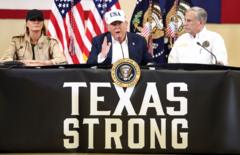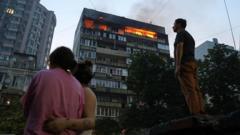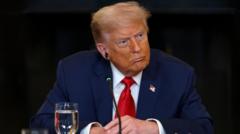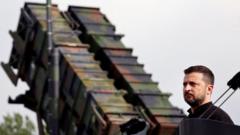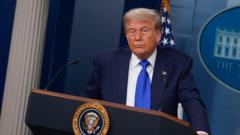A senior Israeli official has indicated that Iran might be able to retrieve enriched uranium buried at its Isfahan facility following recent U.S. strikes. Despite claims by former President Trump of total destruction, intelligence assessments suggest that while significant damage was done, some nuclear capabilities remain.
Israel Warns Of Enriched Uranium Recovery Amid U.S. Strikes on Iran
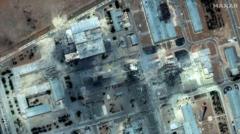
Israel Warns Of Enriched Uranium Recovery Amid U.S. Strikes on Iran
In the wake of the U.S. military strikes on Iranian nuclear facilities, concerns emerge regarding the potential recovery of enriched uranium.
Israeli intelligence estimates suggest that Iran could recover enriched uranium buried beneath its Isfahan facility, which was targeted during U.S. military strikes on June 22. An unnamed senior Israeli official conveyed to U.S. reporters that any effort by Iran to access this material would likely trigger further Israeli military action. Former President Donald Trump has asserted that the U.S. strikes completely obliterated Iran's nuclear sites, yet various U.S. intelligence reports paint a more measured picture.
The official noted that the majority of Iran’s enriched uranium is believed to be located at Isfahan, which underwent a barrage of strikes from submarine-launched cruise missiles as part of what was dubbed “Operation Midnight Hammer.” While the Israeli official did not express alarm over the potentially recoverable uranium, they remained confident in detection capabilities for any Iranian attempts. Israel estimates that the U.S. actions set back Iran's nuclear program by two years.
White House representatives echoed Trump’s assertions of total obliteration, stating, “The entire world is safer thanks to his decisive leadership.” However, remarks from various intelligence agencies reveal a divergence of opinion; leaked reports indicate that while the nuclear sites at Fordo, Natanz, and Isfahan sustained considerable damage, they were not entirely demolished.
CIA Director John Ratcliffe emphasized that the destruction of the facility producing metallic uranium removed a significant aspect of Iran's nuclear weapon ambitions. Meanwhile, International Atomic Energy Agency head Rafael Grossi has confirmed that though the targeted sites were largely destroyed, parts remained operational, undermining claims of complete annihilation.
In response, Iranian President Mahmoud Pezeshkian acknowledged the severe damage sustained but lamented the lack of access for a thorough assessment of the facilities’ status. As tensions mount, reports highlight an unpredictable threat from Iran, prompting heightened scrutiny of the regional dynamics at play.

